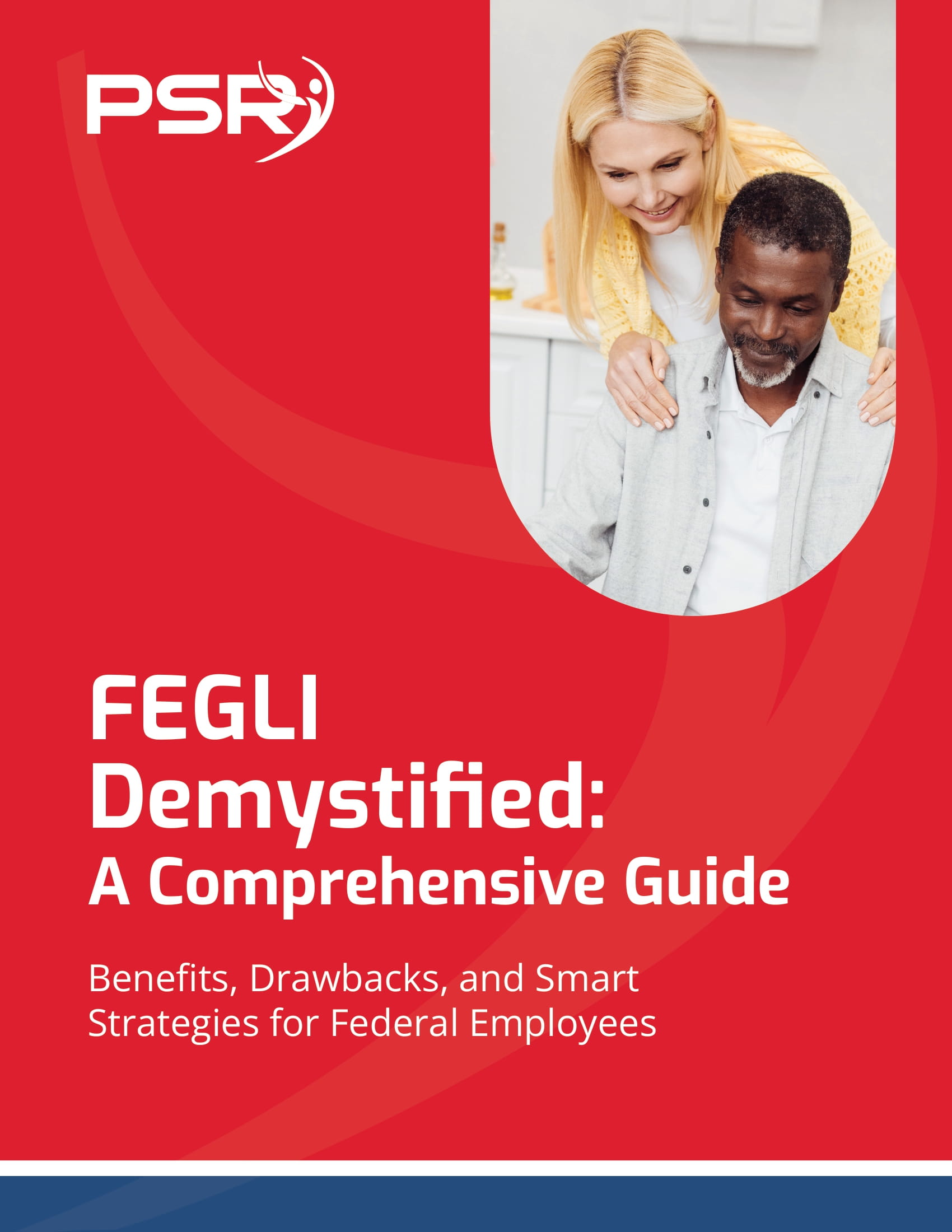Placing an elderly parent in a long-term care facility is a financially challenging undertaking. This is true even though your parents may have long-term care insurance. Often, in a situation where health insurance may not be sufficient, you may find it hard to take care of your parent’s long-term care needs.
This is why it’s wise planning for your retirement due to unforeseen long-term care costs. Why is that so? A third of all patients admitted into a nursing home, reside there for between one and three years. Meanwhile, insurers are becoming selective regarding who qualifies for coverage. During 2017, providers turned down 22% of 50 to 59-year-olds and 30% of 60 to 69-year-old applications.
Here are nine tips to help you pay for long-term care if you don’t have insurance.
Tip # 1: Select the Right Long-TermCare Product
- Also Read: Why the FERS Supplement Is Still a Lifeline for Early Retirees—But a Risky One
- Also Read: You May Be Eligible for Medicare Soon—Here’s How It Affects Your Other Coverage
- Also Read: Dental Plans Under FEDVIP Are Offering Better Coverage Than Ever—Why Federal Employees Are Taking Notice
Tip # 2: Acquire Social Security or Use a Pension to Pay for Long-Term-Care
Typically, a majority of individuals use Social Security to pay for their primary healthcare needs. As it is a source of guaranteed income combining it with your monthly pension can reduce your long-term care bills significantly.
Tip # 3: Individual Retirement Account Withdrawals
Income received from an IRA canbeusedto cater for anylong-termcare needs youmight have. Taking money froman IRA increasesyour medical expense deductions. However, using an IRA to pay for your medicalcost turns it into a tax-freehealthsavingsaccount.
Tip # 4: Use the Veterans Aid and Attendance Program
Though this option is relatively unknown, it provides $1,830 per month for veterans who have served for more than 90 days during a warand $1,176 for surviving spouses. Others of its requirements includeasset maximums and individual income.
Tips # 5: Obtain a Life Insurance Policy or Savings Bond
You could potentially use old saving bonds to pay for your long-term care costs. It is recommended foraging through your deposit box for long-term life policies purchased years ago. In case it has a cash value that is unneeded, you could sell it for between 50 and 75% of its death benefit.
Tip # 6: leverage a Chronic Illness Rider
If you own a life insurance policy with a chronic illness rider, you are lucky. Often, these riders have similar triggers to long-term life insurance claims. For instance, you qualify if you can’t perform two to six activities of daily living without help or if you re cognitively impaired.
Tip # 7: Reverse Mortgages or Sell off Some Property
Consider selling off some property you own to take care of your long-term care needs. However, if your spouse lives at home, you can take out a reverse mortgage to pay for long-term care expenses.
Tip # 8: Enroll for Medicaid
Medicaid application rules differ between different states. Plus, you might not qualify for Medicaid assistance if in the recent past you received significant property transfers. This is why you need to clarify this situation with a financial advisor in your state.
Tip # 9: Leverage Help from Your Community
Having religious affiliations can help you cope with your long-term care needs. Often, religious foundations help their members with contributions towards their long-term care budgets.







